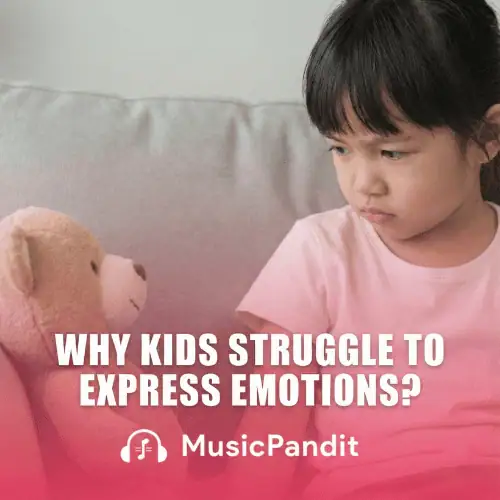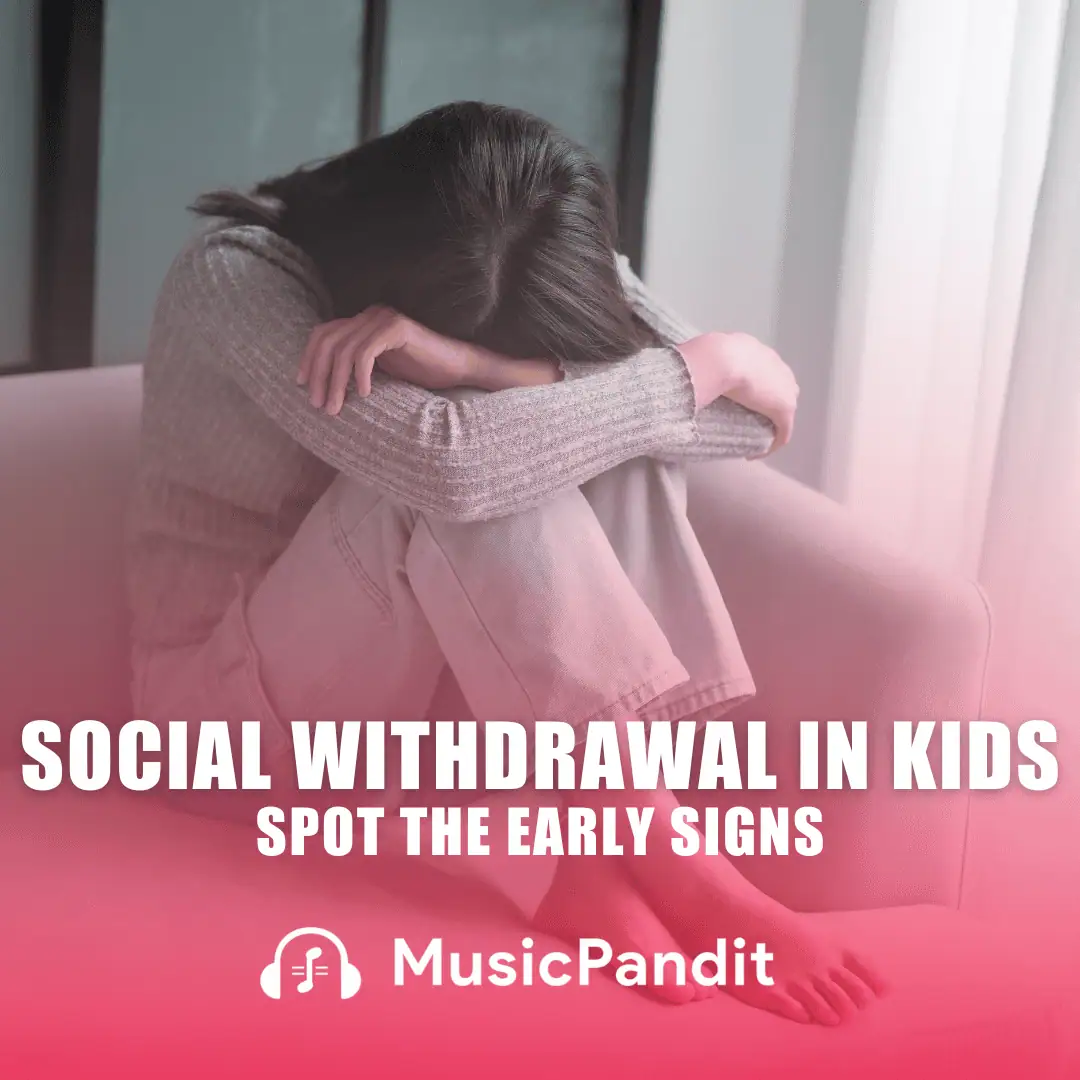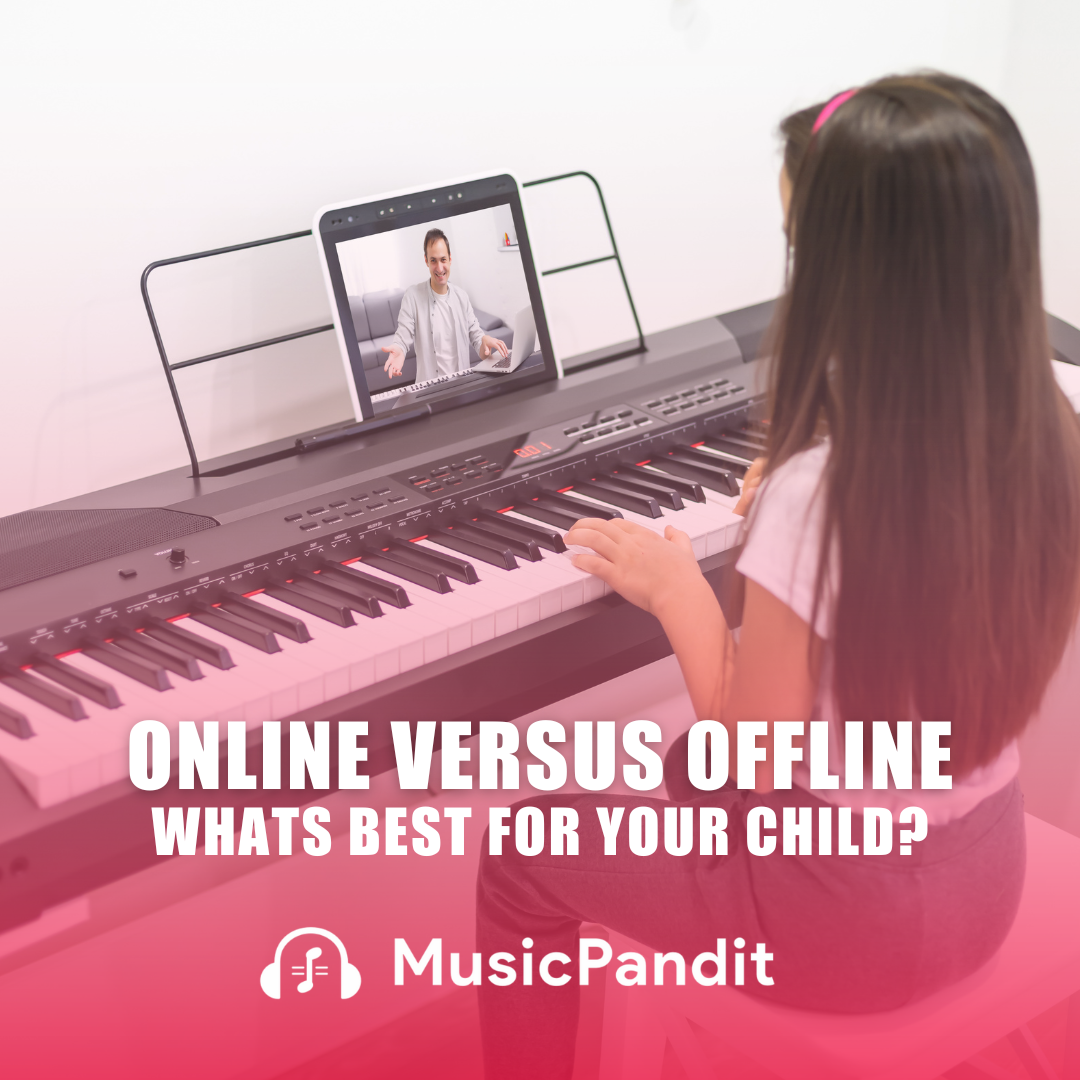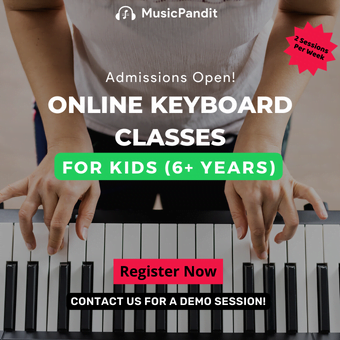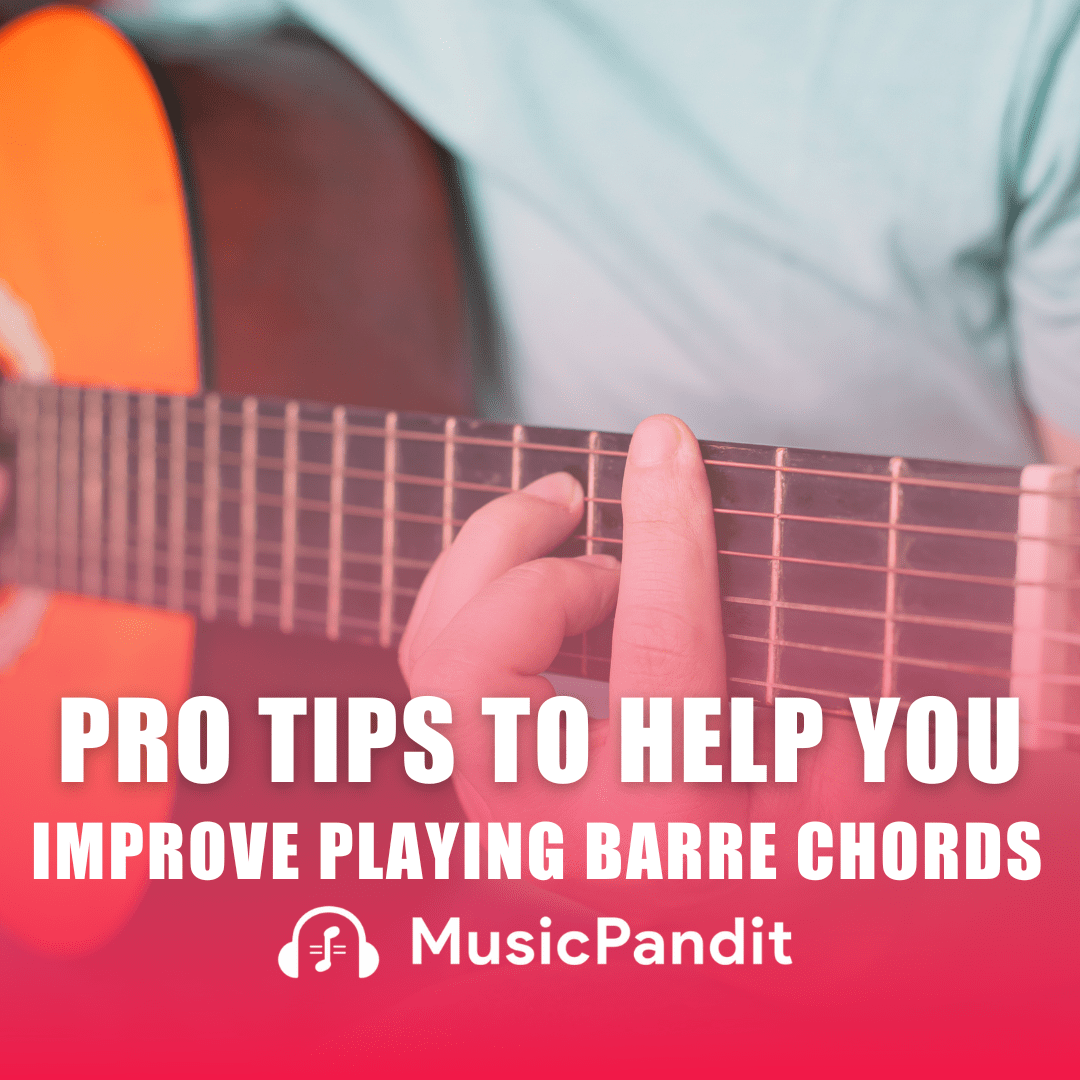Choosing the right musical instrument for your child is a significant decision that can influence their musical journey and personal development. Among the myriad of instruments available, the guitar and piano are two of the most popular choices.
Each offers unique benefits and challenges, making the decision largely dependent on your child’s personality, interests, and physical attributes. This comprehensive guide aims to assist parents in making an informed choice between the guitar and piano as their child’s first instrument.
Introduction to the Guitar and Piano
Before delving into the specifics, it’s essential to understand the fundamental characteristics of both instruments.
The Guitar
The guitar is a stringed instrument that produces sound through the vibration of its strings, which are plucked or strummed. It comes in various forms, including acoustic, electric, and classical guitars, each offering distinct sounds and playing techniques. The guitar’s versatility makes it a staple in genres like rock, pop, blues, and country music.
The Piano
The piano is a keyboard instrument where sound is produced by hammers striking strings when keys are pressed. It has a broad range and can play multiple notes simultaneously, making it suitable for solo performances and accompaniment. The piano is prevalent in classical, jazz, and contemporary music genres.
Factors to Consider When Choosing Between Guitar and Piano
Several factors should be considered when deciding which instrument is best suited for your child.
1. Learning Curve and Ease of Play
Piano: The piano is often recommended for beginners due to its straightforward layout. Pressing a key produces a clear note, allowing students to focus on learning melodies and rhythms without worrying about tuning or finger placement complexities. This simplicity can lead to quicker initial progress and boost a child’s confidence.
Guitar: Learning the guitar requires developing finger strength and dexterity to press strings against the fretboard accurately. Beginners may experience finger discomfort initially, and coordinating both hands can be challenging. However, once basic chords are mastered, students can play a wide array of songs, which can be highly motivating.
Also Read: The Role of Guitar in Improving Coordination Skills
2. Physical Considerations
Piano: Playing the piano requires hand coordination but minimal finger strength, as pressing keys doesn’t demand significant force. However, pianos are large instruments that require dedicated space in your home, and moving them can be cumbersome.
Guitar: Guitars are portable and come in various sizes, making them suitable for children of different ages. However, they require finger strength to press strings, and younger children might find this challenging initially.
3. Musical Versatility and Interests
Piano: The piano’s ability to play both melody and harmony makes it versatile across various music genres, including classical, jazz, and pop. It provides a solid foundation in music theory, which can be beneficial for overall musical development.
Guitar: The guitar is integral to genres like rock, pop, blues, and folk. Its prominence in popular music can make it more appealing to children interested in these styles. Learning the guitar also encourages skills like improvisation and songwriting.
4. Cognitive and Developmental Benefits
Piano: Learning the piano enhances fine motor skills, hand-eye coordination, and bilateral coordination, as both hands often perform different tasks simultaneously. It also aids in understanding complex musical structures and patterns.
Also Read: Tips to Improve Piano Skills and Hand Coordination
Guitar: Playing the guitar improves hand strength, finger dexterity, and coordination. It also fosters skills like multitasking, as players must coordinate strumming patterns with chord changes.
5. Cost and Maintenance
Piano: Acoustic pianos can be expensive and require regular maintenance, including tuning. However, digital keyboards are more affordable alternatives that require less upkeep.
Guitar: Guitars are generally more affordable, with a wide range of options available for beginners. They require minimal maintenance, primarily restringing and occasional tuning.
Recommendations Based on Age and Personality
Young Children (Ages 5-7)
For younger children, the piano is often recommended due to its intuitive layout and ease of producing sound. Pressing a key yields an immediate result, which can be encouraging for young beginners. Additionally, the piano’s visual layout helps in understanding musical concepts early on.
Older Children and Teenagers (Ages 8 and Above)
Older children and teenagers may have developed the necessary finger strength and dexterity to handle the guitar’s physical demands. If they have a keen interest in genres where the guitar is prominent, starting with the guitar can be highly motivating. However, the piano remains a valuable starting point for those interested in a broad musical foundation.
Personality Considerations
- Structured Learners: Children who thrive on structure and visual learning may find the piano’s organized layout more appealing.
- Creative Experimenters: Children who enjoy experimentation and have a strong interest in contemporary music might be drawn to the guitar’s versatility and prominence in popular culture.
Conclusion
Both the guitar and piano offer unique advantages as a child’s first instrument. The decision should be based on your child’s physical readiness, personal interests, and the practical considerations of your household. Encouraging your child to try both instruments, if possible, can provide valuable insights into their preferences and aptitudes, leading to a more fulfilling musical journey.

